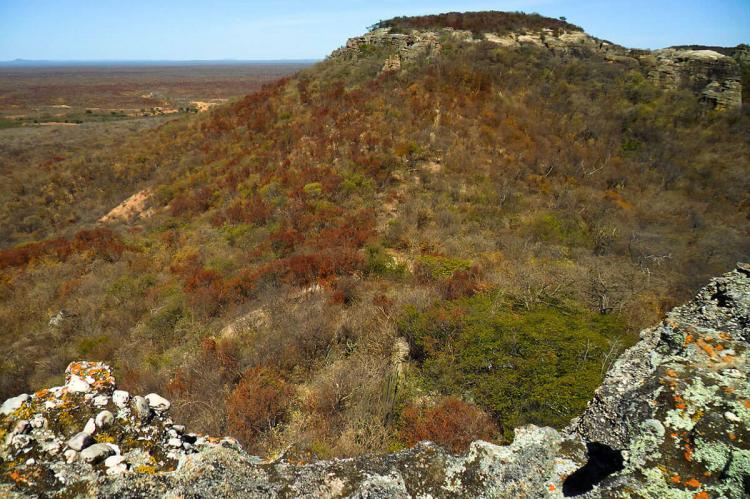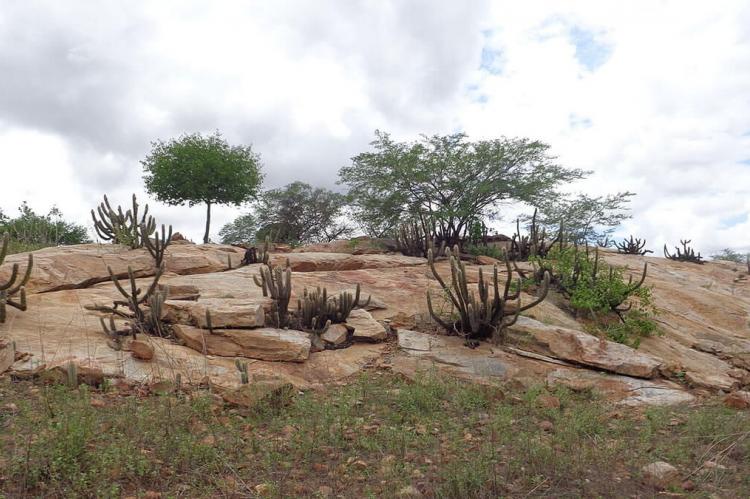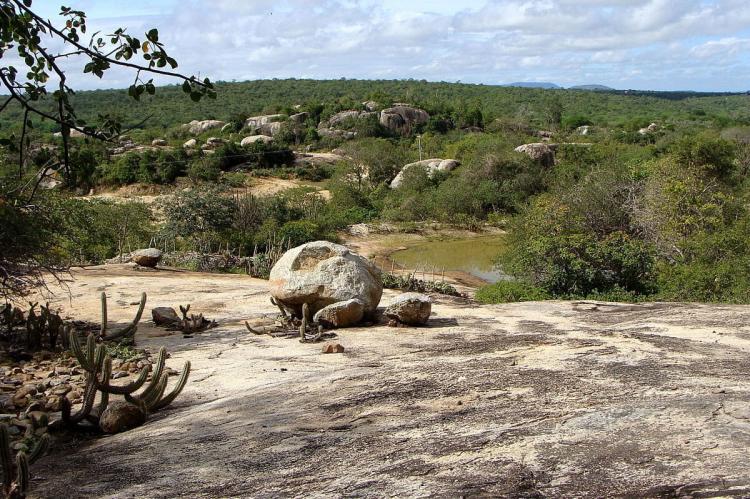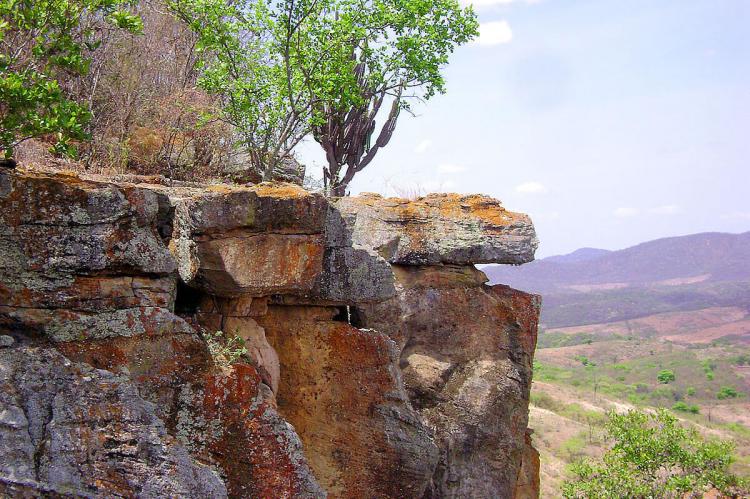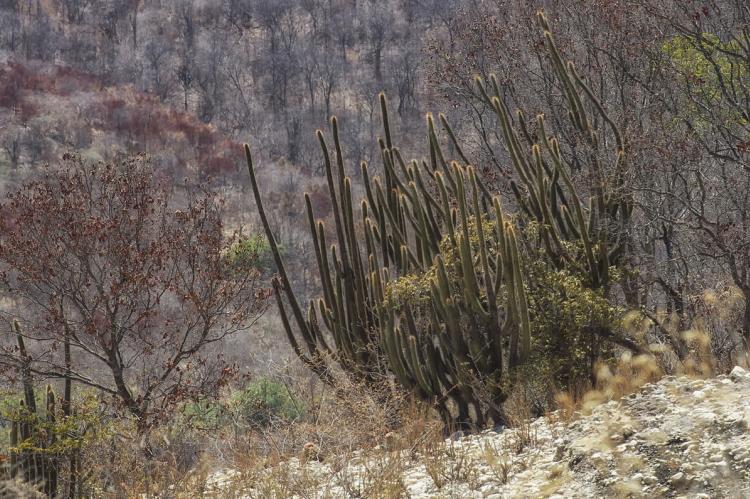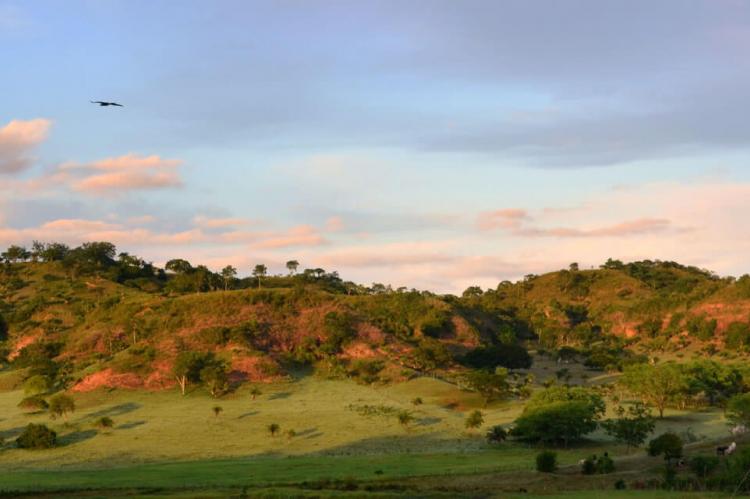Caatinga Biosphere Reserve: Embracing the White Forest
Caatinga Biosphere Reserve in Northeast Brazil is a vast semiarid region with diverse ecosystems, from high forests to gallery forests. Focused on research, environmental education, and sustainable development, it is a resilient model for arid ecological conditions.
Caatinga Biosphere Reserve
Embracing the White Forest
The Caatinga Biosphere Reserve, nestled in the heart of northeastern Brazil, unveils a captivating landscape characterized by the unique Caatinga vegetation and deciduous forest during the arid spells. Stretching across the largest semiarid region in Northeast Brazil, the term "Caatinga," derived from the Tupi language, translates to "white forest" or "white vegetation." This region, a xeric shrubland and thorn forest, boasts small, thorny trees that shed their leaves seasonally, creating a distinctive and resilient ecosystem.
Caatinga: A Xeric Mosaic
The Caatinga floor is adorned with a diverse ground-level ensemble, including cacti, thick-stemmed plants, thorny brush, and arid-adapted grasses. The brief rainy season witnesses the fleeting bloom of many annual plants, adding a burst of life to this arid landscape. The Caatinga's distinct vegetation fosters a delicate balance, where adaptation to aridity is a testament to nature's resilience.
Ecological Corridors: Connecting Nature's Dots
The Caatinga Biosphere Reserve, through its buffer and transition areas, establishes crucial ecological corridors, seamlessly linking diverse core regions. It is pivotal in the broader conservation landscape, connecting with the contiguous Mata Atlántica Biosphere Reserve and Cerrado Biosphere Reserve. This interconnected network enhances biodiversity conservation efforts on a regional scale.
Unveiling the Units: A Mosaic of Habitats
Divided into six units, the Caatinga Biosphere Reserve unravels a mosaic of habitats with unique characteristics.
-
Unit I: A high Caatinga forest, characterized by the Tabebuia-Aspidosperma-Astronium-Cavanillesia association, stands tall as a testament to the region's rich biodiversity.
-
Unit II: Varied and diverse, this unit encompasses middle or lower Caatinga forests, presenting associations like Astronium-Schinopsis-Caesalpinia, Caesalpinia-Spondias-Bursera-Aspidosperma, Mimosa-Syagrus-Spondias-Cereus, and Cnidosculus-Bursera-Caesalpinia.
-
Unit III: Representing a lower Caatinga forest, this unit boasts the Pilosocereus-Poepiggia-Dalbergia-Piptadenia association.
-
Unit IV: Thriving in low Caatinga, this unit hosts associations such as Caesalpinia-Aspidosperma-Jatropha, Caesalpinia-Aspidosperma, Mimosa-Caesalpinia-Aristida, and Aspidosperma-Pelosocereus.
-
Unit V: A bushy Caatinga type takes center stage, characterized by the Calliandra-Pilosocereus association.
-
Unit VI: A gallery forest unfolds, defined by the Copernicia-Geoffroea-Licania association, adding to the habitat diversity of the Caatinga Biosphere Reserve.
Sustainable Harmony: Balancing Ecology and Livelihoods
With a population of approximately 210,000, the Caatinga Biosphere Reserve is not merely a sanctuary for biodiversity; it is a dynamic landscape where human and natural systems coexist. Dry farming, cattle raising, and forestry products form the economic backbone, and the region's reliance on medicinal plants from the Caatinga underscores the interconnectedness of human well-being and biodiversity.
Conservation Strategies: Nurturing Nature and Livelihoods
Implementing a comprehensive strategy, the Caatinga Biosphere Reserve is committed to preserving biodiversity, fostering research activities, conducting environmental monitoring and education, promoting sustainable development, and enhancing the livelihoods of the northeastern Brazilian populace. In facing challenges like a rapidly changing agricultural frontier, the reserve stands as a beacon, calling for collective efforts to safeguard its ecological treasures and cultural heritage. The Caatinga Biosphere Reserve is not merely a geographical entity; it's a living testament to the intricate dance of nature and humanity in the face of adversity.
